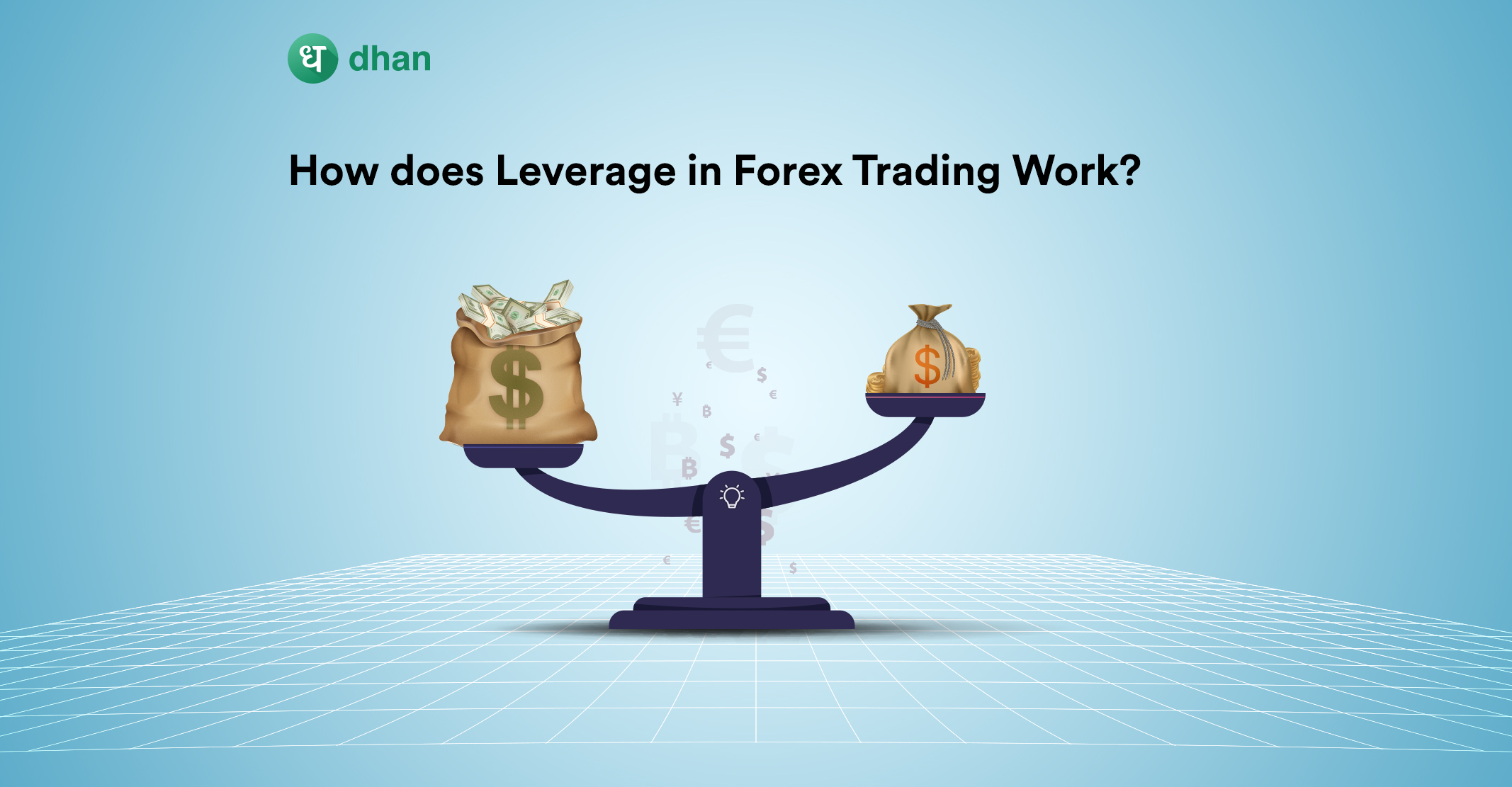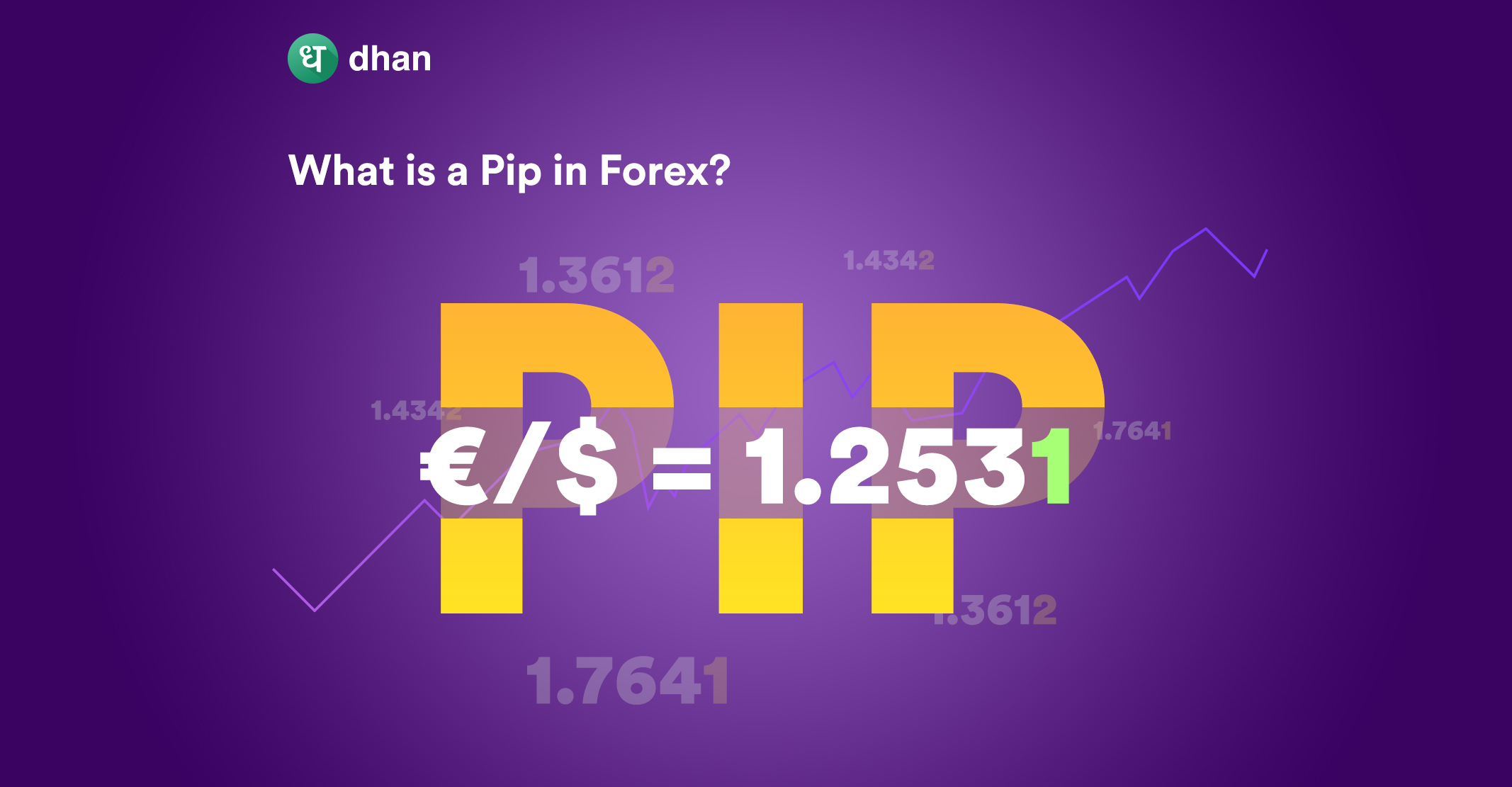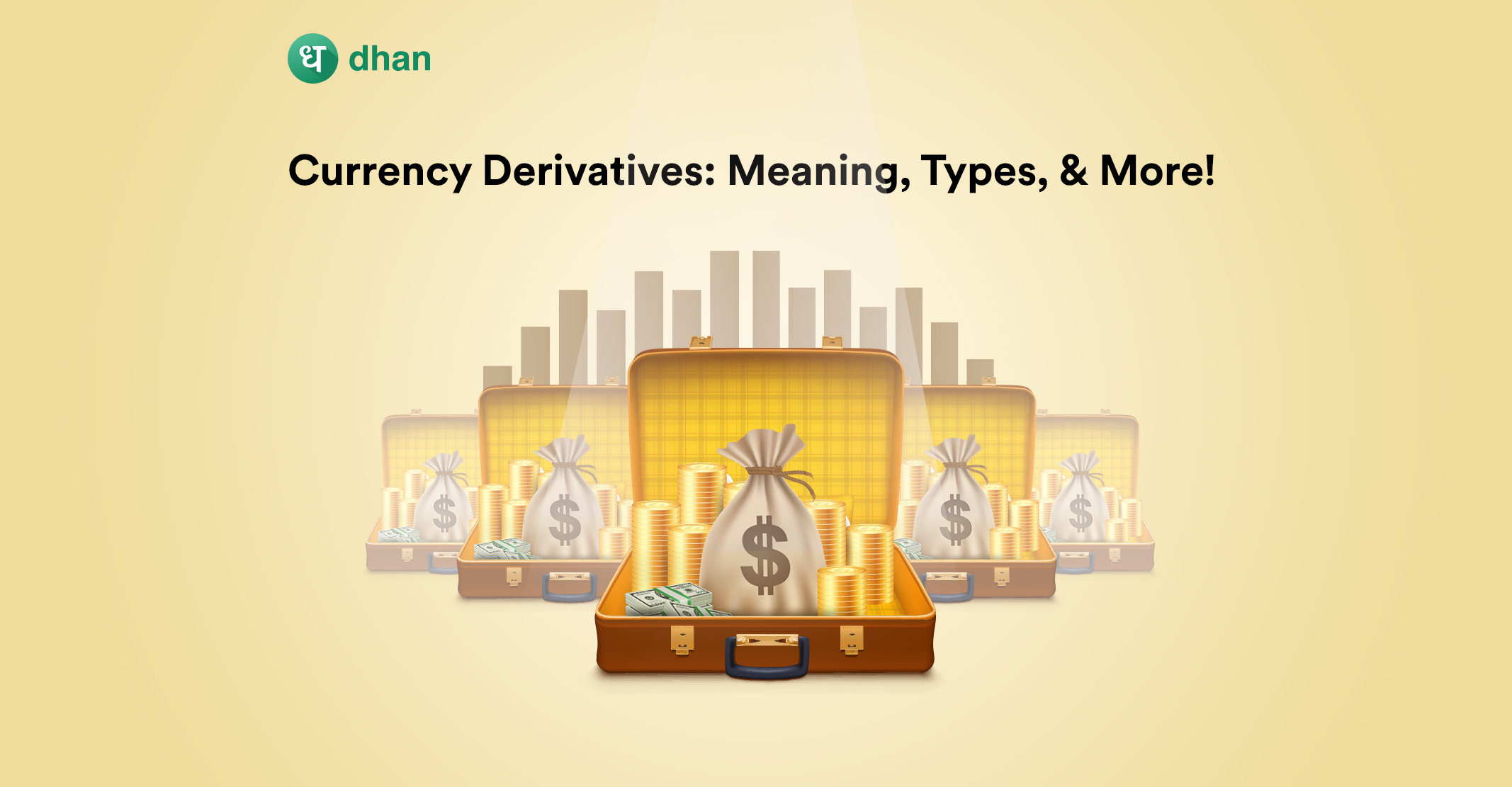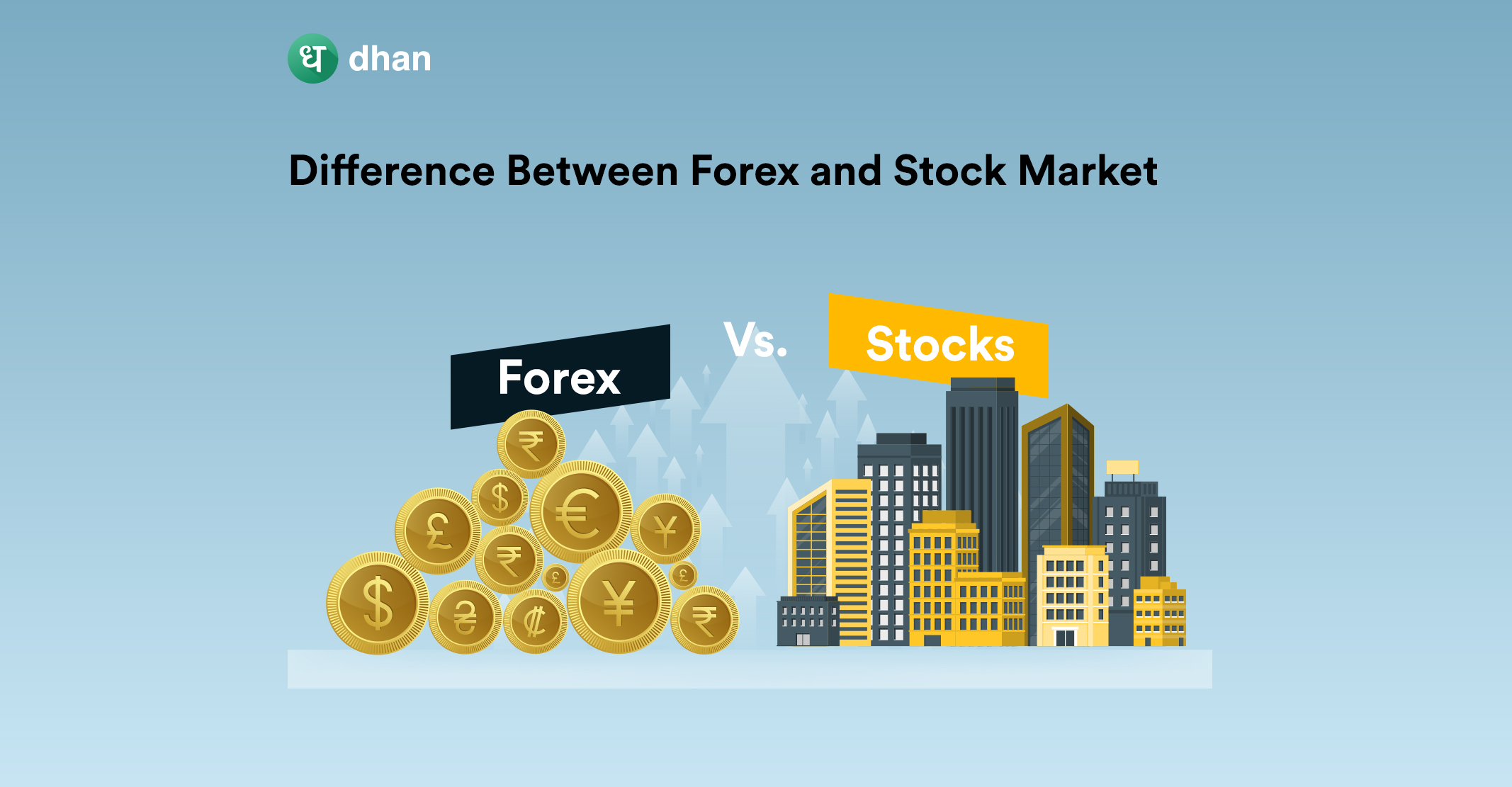Imagine being able to buy 10 apples for the price of one. That’s what leverage in forex trading allows you to do. Instead of apples, you’ll be able to buy currency futures and options for much less than the actual contract’s value. Curious? Read on to know more!
What is Leverage in Forex Trading?
“A loan that’s borrowed from any entity to be invested so that the borrower can earn returns that exceed the interest payable”. That’s how the dictionary defines leverage. Guess what?
Leverage in forex trading means the money you can borrow from a broker to trade currency derivatives. While there’s no direct interest charged, you will have to pay a brokerage fee for buying and selling currency derivatives on leverage.
That said, brokers will expect you to deposit some money to start trading on leverage. This is known as the initial margin or simply margin in forex trading, which is expressed as a percentage of the actual derivative contract value.
On the other hand, forex trading leverage is expressed as a ratio. Forex brokers are known to offer high leverage because the foreign exchange market is blessed with high liquidity. But there’s something you should know.
There’s a widely accepted principle that forex trading with leverage can be risky if a trader takes on too much of it. Although “too much” is a relative term, we’ve discussed its implications in this section.
The past has seen brokers offer varying levels of leverage but that’s changed. These days, forex trading leverage is standardized in India. Up next, we’ll help you understand how to calculate forex trading leverage with an example.
How to Calculate Leverage in Forex Trading?
Let’s say Mr. Karan C wants to start trading currency online. He selects a forex trading platform, goes through the KYC, and can finally begin buying and selling currency futures and options.
Mr. Karan C wants to buy USD-INR futures. But one contract costs Rs. 80,000 and he has Rs. 20,000. Lucky for him, he has a margin trading account. His broker offers him 40X leverage on USD-INR futures.
That means he can trade at 40X leverage by depositing a margin of Rs. 2,000. You might’ve guessed that the leverage in currency trading is calculated by dividing the derivative contract value by the required margin.
Leverage in forex trading = derivative contract value ÷ required margin
Remember how we spoke about leverage being expressed as a ratio? Mr. Karan C’s leverage is 40:1. This is the “regular” leverage in relation to the margin or margin-based leverage, as it is popularly known.
There is another type of leverage known as real leverage. While regular leverage is calculated in terms of the required margin, real leverage is calculated in terms of the money in your trading account.
Mr. Karan C has Rs. 20,000 in his trading account, which means the real leverage he’s trading on is 4x.
Real leverage = derivative contract value ÷ money in trading account
For multiple positions, you can simply add the value of all open positions and divide it by the total money in your trading account. Now, we’re going to address the elephant in the room in the next section.
Is Forex Trading Leverage Different from Margin?
The terms leverage and margin often go hand in hand when it comes to forex trading. The former is a function of the latter, which makes them inseparable. As you’ve seen so far, leverage is often margin-based.
However, there’s an inherent difference between the two terms. Leverage in forex trading means the loan you can take on to buy or sell currency derivatives.
Margin is the initial deposit that you’re required to transfer to your trading account. While margin determines the leverage, both are separate entities that are often used together to create strategies and understand P&L.
If your position is loss-making, your broker will “margin call” you so that you can make up the difference. The leverage will remain unchanged throughout this. That’s also the biggest difference between the two.
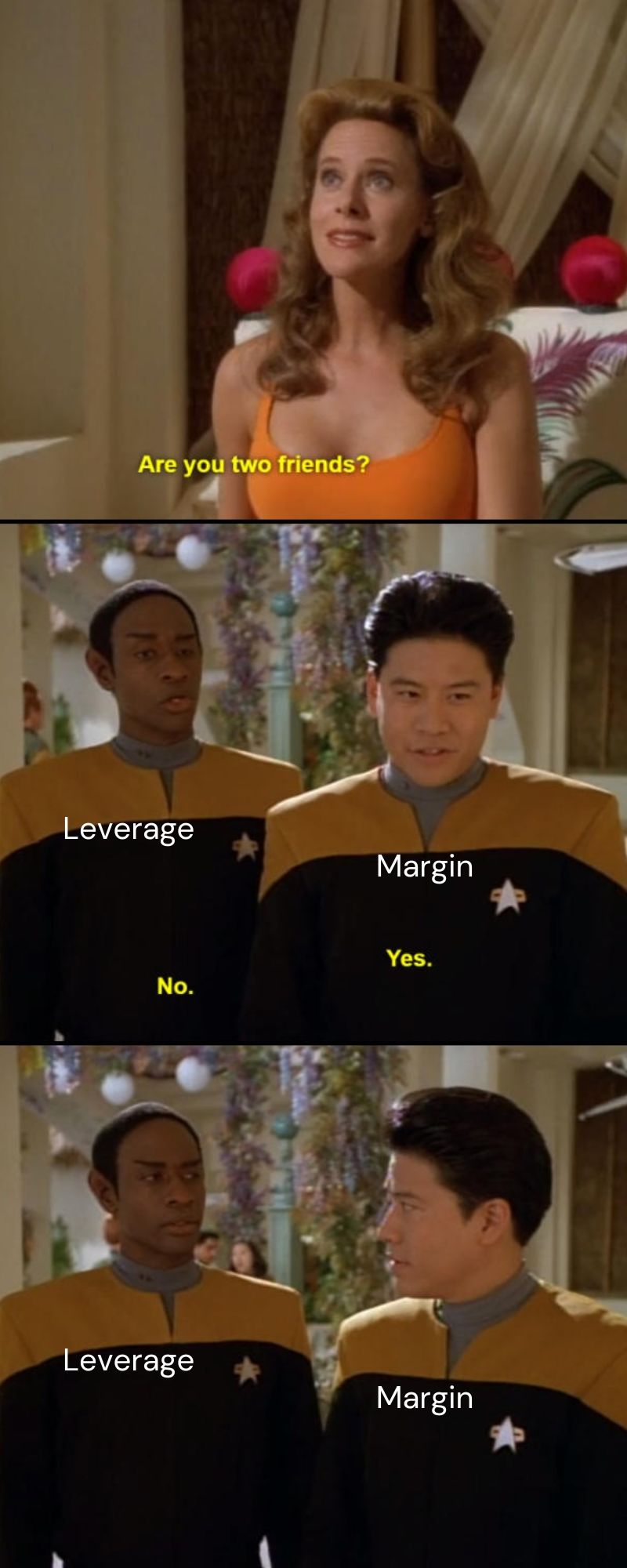
Here’s the relationship between leverage and margin in forex trading represented as the following table:
| Leverage | Margin |
| 1,000:1 | 0.10% |
| 500:1 | 0.20% |
| 400:1 | 0.25% |
| 200:1 | 0.50% |
| 100:1 | 1.00% |
| 50:1 | 2.00% |
| 25:1 | 4.00% |
Is High Leverage Good in Forex Trading?
Leverage in currency trading is different from equities and equity derivatives. because brokers offer much higher leverage for buying and selling currency futures and options. This means that the margin required is relatively low.
That does not, however, mean that forex trading with leverage that’s high is a good strategy. A trader must know what they’re doing, more specifically, what their risk appetite is to handle loss in and across trades.
Let’s go back to Mr. Karan C. He was trading at a 40:1 leverage or in simple words, he was controlling Rs. 80,000 with Rs. 2,000. If the derivative contract drops by Rs. 2,000 in value, Mr. Karan C would’ve lost his entire position.
On the flip side, if the derivative contract gains Rs. 2000, Mr. Karan C would’ve made a profit of 100%. That’s why it’s common to hear folks say that trading on high leverage, especially in currency derivatives, is potentially risky.
Forex Trading Leverage in India
We’ve collated the leverage for all tradeable forex pairs in India. This is the forex trading with leverage that most people look for before choosing a trading opportunity or strategy.
| Forex Pair | Futures Leverage |
| USD-INR | 41X |
| EUR-INR | 30X |
| GBP-INR | 24X |
| JPY-INR | 21X |
| EUR-USD | 0.29X |
| GBP-USD | 0.25X |
| USD-JPY | 29X |
Note: The values shown above are approximate and may vary based on market conditions.
Should You Use Leverage in Forex Trading?
As we discussed in the section before, a relatively small movement in the derivative contract value can help a forex trader win big if they’re trading on leverage. A loss can be equally detrimental.
But traders who know how to smartly use leverage in forex trading have the potential to generate wealth. They’ll be able to control a position in a currency pair derivative for a fraction of the total value.
At the end of the day, whether or not you should trade on leverage depends on your risk profile, trading strategy, and other factors. What’s more, a solid forex trading platform can help you turbocharge your strategies.
For example, Dhan helps you trade forex derivatives with lightning-fast features like immersive TradingView charts, Advanced Option Chain, Leverage and much more.
Here is what is leverage and how Dhan’s margin trading facility can help you.
FAQs
Q. What is leverage meaning in forex?
Forex leverage allows you to trade more for less. For example, a leverage of 100:1 means that you can buy a currency contract worth ₹100 by depositing a margin of ₹1.
Q. What does a 1/100 leverage mean in forex?
A leverage of 1/100 or 1:100 means you can trade currency derivatives worth Rs. 100 for every Rs. 1 in your brokerage account.
Q. What is a 1:500 forex leverage?
If you see a leverage of 1:500, it means that you can trade currency futures and options worth Rs. 500 for every Rs. 1 in your forex trading account.
Q. What does 20x leverage mean in forex?
A 20x leverage means that you can trade a currency derivatives contract worth 20 times more than the margin in forex trading required by your broker.
Q. What leverage should a beginner use?
Leverage allows you to do more for less. But that means a sharp drop in the currency derivative’s value has the potential to wipe out your position. That’s why beginners should avoid taking up leveraged positions. If you’re still interested in trading on leverage, most expert traders believe that forex leverage for beginners should not exceed 5:1 to 10:1.
Disclaimer: This blog is not to be construed as investment advice. Trading and investing in the securities market carries risk. Please do your own due diligence or consult a trained financial professional before investing.
